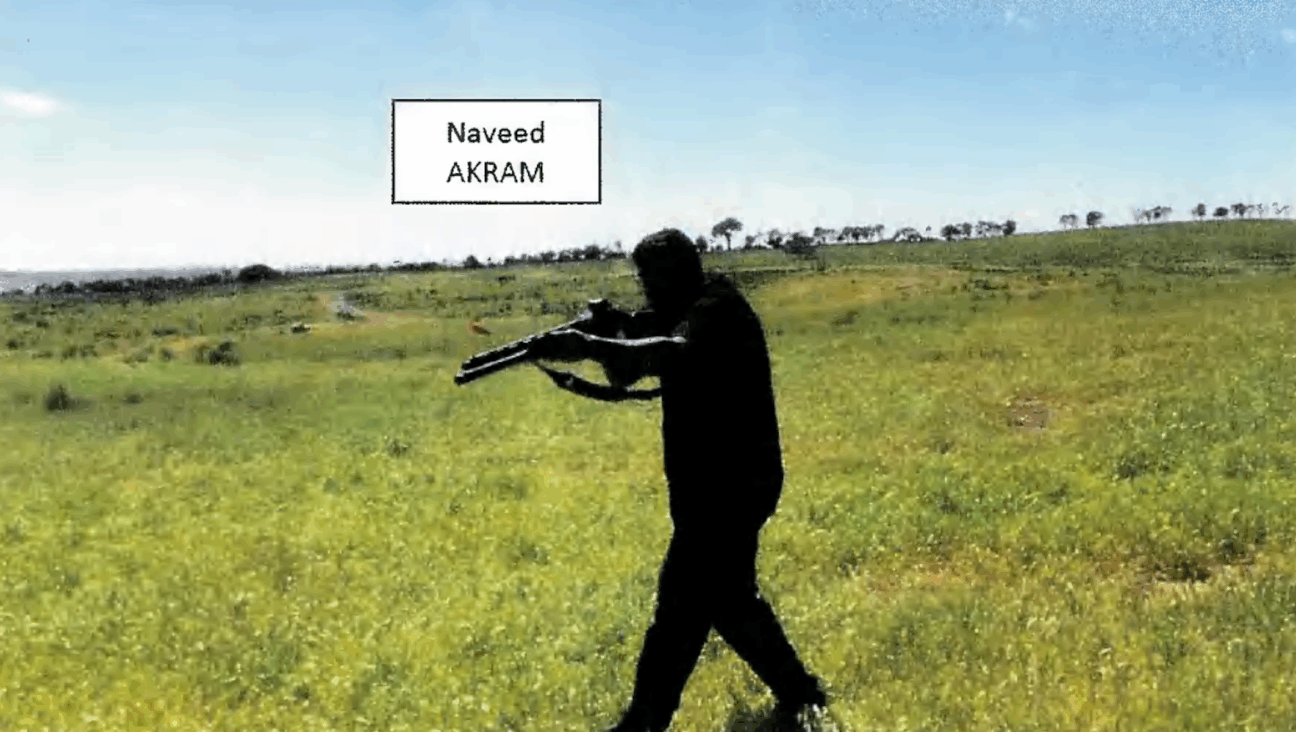World’s Oldest Complete Torah Found in Italian University Library

Graphic by Angelie Zaslavsky
An Italian professor said on Wednesday he has identified what he believes is the world’s oldest complete scroll of the Torah, containing the full text of the first five books of Hebrew scripture.
Mauro Perani, professor of Hebrew at the University of Bologna, said experts and carbon dating tests done in Italy and the United States dated the scroll as having been made between 1155 and 1225.
The scroll, which has been in possession of the Bologna University Library for more than 100 years, had been previously thought to be from the 17th century. It had been labeled “scroll 2”.
There are many fragments of the Torah that are older but not complete scrolls with all five books.
“A Jew who was a librarian at the university examined the scroll in 1889 for a catalogue and wrote ‘17th century followed by a question mark,’” Perani said in a telephone interview.
But in preparation for a new catalogue of the university’s Judaica collection, Perani, 63, studied the scroll and suspected that the librarian had made too cursory an examination in 1889 and not recognised its antiquity.
“I realised that the style of the writing was older than the 17th century so I consulted with other experts,” he said of the scroll, which measures 36 metres by 64 cm (39 yards by 25 inches).
He said the scroll showed many graphical features and scribal devices that were no longer used by copyists of Hebrew scripts in the 17th century.
The scroll is made up of 58 sections of soft sheep leather each sewn together, most of them with three columns of script.
CARBON DATING TESTS
After the experts he consulted agreed that the scroll was probably several centuries older than previously believed, Perani had fragments of it subjected to carbon-14 dating tests.
The tests, at the University of Salento in southern Italy and the Radiocarbon Dating Laboratory at the University of Illinois, dated the scroll as from the second half of the 12th century to the first quarter of the 13th century.
The Torah, also known as the Hebrew Pentateuch, consists of the books of Genesis, Exodus, Leviticus, Numbers and Deuteronomy.
The complete version of the Torah that was previously considered the oldest was from the late 13th century, Perani said.
He said that before the scroll came into possession of the University of Bologna in the 18th or 19th century it had been in the custody of the Dominican convent in the city that is home to the world’s oldest university.
Perani said it was not clear where the Torah had been copied but most likely it was not in Italy. It was probably made by a copyist trained in the oriental tradition and likely done in the Middle East.
Perani has for two decades been head of the Italian Genizah project, which locates and catalogues fragments of Hebrew manuscripts in Italy. Genizah is the Hebrew word for the room in a synagogue where religious books or papers are stored.
The Genizah project has found, photographed and catalogued some 13,000 fragments of Jewish compositions from various branches of Talmudic literature, Biblical commentary, Jewish thought, the Hebrew language and Jewish history.
For his work in Jewish studies, Perani is due to be given an honorary degree from the Hebrew University of Jerusalem next month.














